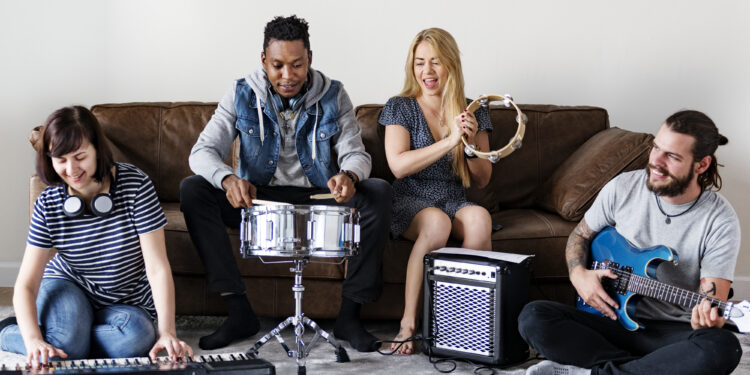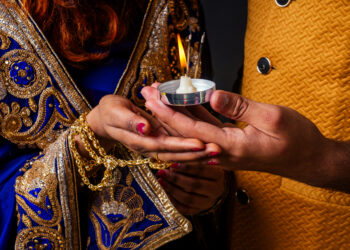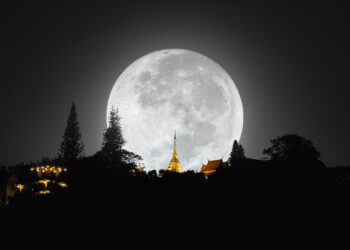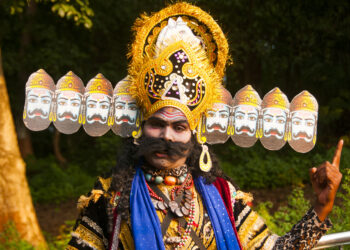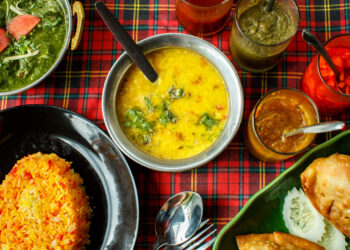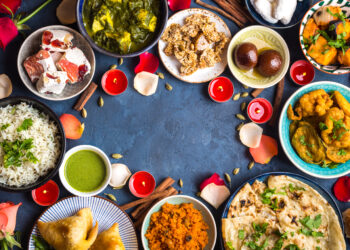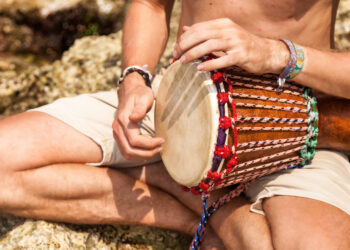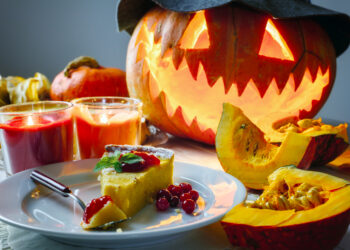If there’s one thing Indo-Caribbean culture has mastered (apart from perfecting the balance of pepper sauce heat), it’s the art of blending worlds. And nowhere is that more joyously evident than in the sounds of Indo-Caribbean fusion music — where reggae meets tabla, dancehall drops flirt with sitar melodies, and chutney soca finds its groove over a bassline that could’ve been born in Kingston.
This is more than a novelty. It’s the soundtrack of migration, memory, and pure creative mischief, a musical lovechild of India’s classical traditions and the Caribbean’s rebel rhythms.
How It All Started: A Sound Born on Ships and in Sugar Fields
The Indo-Caribbean story began in the mid-19th century, when indentured labourers from India arrived in Trinidad, Guyana, Suriname, and beyond. Along with their spices and sarees, they brought music — devotional bhajans, filmi songs, dhol beats, that would eventually rub shoulders with African drumming, calypso, and later reggae.
By the 1970s and 80s, reggae’s sway had spread across the Caribbean diaspora. In Indo-Trinidadian and Indo-Guyanese communities, this meant two worlds colliding: The steady heartbeat of the one-drop rhythm and the rolling Tabla bols that could turn a simple groove into a hypnotic jam.
The Early Crossovers: Chutney Meets Reggae
While chutney soca is often the go-to reference for Indo-Caribbean music, reggae found its way into the mix surprisingly early. Some early examples came through live bands that would slip a reggae beat under a Hindi film melody, purely to get a dancefloor reaction.
-
Sundar Popo, the godfather of chutney music, occasionally worked reggae swing into his soca-chutney performances.
-
In Guyana, local sound systems began mixing Bollywood vocals over reggae riddims, long before the term “mashup” was a thing.
Key Instruments in the Fusion!
When we say reggae meets tabla, it’s more than just slapping a drum over a bassline. Each instrument has its role in creating that deliciously layered texture.
-
Tabla – Brings intricate rhythmic cycles, giving reggae’s laid-back pulse an unexpected sparkle.
-
Sitar – When paired with reggae’s guitar chops, it adds a psychedelic, almost dub-like atmosphere.
-
Dholak & Dhol – Their earthy, booming sound pairs beautifully with deep bass drops.
-
Harmonium – Provides a sustained, droning texture that blends well with reggae organ skanks.
Modern Artists Leading the Charge
Today’s Indo-Caribbean fusion music scene is rich with innovators:
1. Ravi B & Karma
Ravi B isn’t shy about experimenting. Known for pushing chutney soca forward, he’s also dabbled with reggae grooves, layering them under Hindi-English bilingual lyrics.
2. Ki & the Band
Often found at Caribbean festivals in the UK, they mix chutney soca with reggae and even Afrobeat, creating a multicultural party in every set.
3. Apache Indian
UK-based and legendary for blending bhangra, reggae, and dancehall, Apache Indian brought the fusion to mainstream audiences in the 90s with hits that still make crowds skank and sway.
4. Jahmoun
An underground producer pairing classic reggae dubplates with sitar loops and spoken word poetry about diaspora identity, part art, part dancefloor fire.
The UK Connection!
In Britain, where Caribbean and South Asian communities have lived side-by-side for decades, the fusion feels completely natural. Areas like Southall, Birmingham, and parts of London have seen Indo-Caribbean bands sharing stages with reggae and dub acts at Notting Hill Carnival, Melas, and community festivals.
UK producers have also been key in pushing the “reggae meets tabla” sound into digital territory, think drum machines, programmed tabla samples, and sitar synth patches dropping over a modern dancehall riddim.
Why It Works: The Science (and Soul) of the Sound
Reggae’s 4/4 pulse and emphasis on the offbeat leaves plenty of room for tabla’s complex rhythmic fills. Both traditions value call-and-response between lead and rhythm instruments, and both place storytelling at the heart of performance.
It’s also about emotion: Reggae’s laid-back groove has a meditative quality that mirrors the spiritual side of Indian ragas, while chutney and soca’s party energy keeps it from ever feeling too sleepy.
Festivals & Stages Showcasing Indo-Caribbean Fusion Music
-
Phagwah & Holi Festivals in Trinidad, Guyana, and UK diaspora communities often feature chutney-reggae mashups.
-
Notting Hill Carnival (London) has seen Indo-Caribbean bands riding floats alongside pure reggae and soca crews.
-
Leicester Mela Festival frequently includes Indo-Caribbean artists with reggae-inspired sets.
Future Trends: Where Reggae Meets Tabla Next
-
Digital Collabs – Expect more producers trading stems across continents via Zoom and Dropbox, blending Kingston vocals with Port of Spain percussion and Mumbai strings.
-
Afrobeats Influence – As Afrobeats dominates global charts, Indo-Caribbean fusion may incorporate its rhythmic patterns alongside reggae and chutney.
-
Greenroom to TikTok – Short-form videos are making tabla-reggae jams viral, helping niche fusion acts reach global audiences.
-
Film & TV Syncs – The atmospheric blend of sitar and dub bass is ripe for cinematic soundtracks.
How to Get Into the Genre
-
Start with Playlists: Search for “Indo-Caribbean fusion music” or “reggae tabla mix” on Spotify or YouTube.
-
Dig Into Archives: Hunt down 80s and 90s chutney cassettes — you might find a reggae groove hiding in Track 3.
-
Catch It Live: Indo-Caribbean weddings, melas, and community festivals often feature these hybrid sets.
-
Follow Producers: Artists on SoundCloud and Bandcamp are experimenting with fresh takes daily.
Final Beat!
Indo-Caribbean fusion music, especially when reggae meets tabla — isn’t just about novelty; it’s about heritage evolving in real time. It’s the soundtrack of migration, resilience, and joy, crafted by musicians who see borders not as barriers, but as starting points for collaboration.
So next time you catch a deep reggae bassline pulsing beneath the shimmering chime of a sitar or the intricate roll of a tabla, remember, you’re not just hearing music. You’re experiencing a rich cultural exchange, a rhythmic love letter between continents, and an open invitation to join the celebration. It’s history, heritage, and a dancefloor vibe wrapped into one irresistible sound.
To keep discovering more stories and sounds from this vibrant musical crossroads, head over to currybien.co.uk/. and let the beat guide you.


